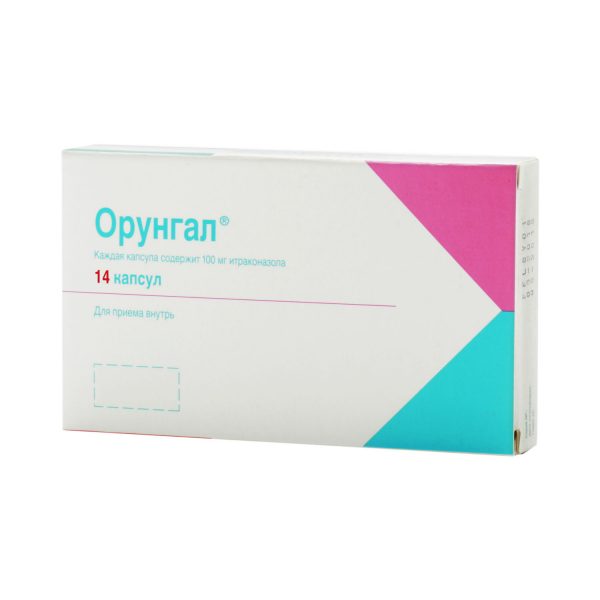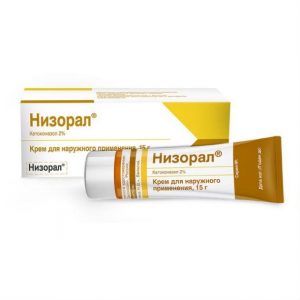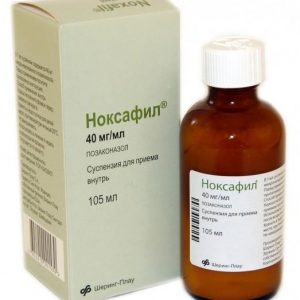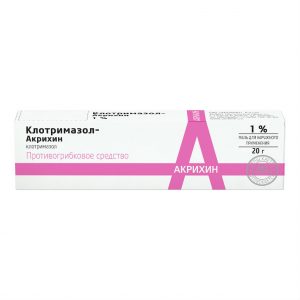Description
Release form
Capsules
Packing
14 pcs
Indications
Treatment of mycoses caused by drug-sensitive pathogens, including:
dermatomycosis
fungal keratitis
onychomycosis caused by dermatophytes and / or yeast and mold
systemic mycoses: systemic aspergillosis and candidiasis, cryptococcosis (including cryptococcal meningitis in patients with immunodeficiency, only first-line drugs are not applicable in this case or are ineffective), histoplasmosis, sporotrichosis, paracoccidioidomycosis, blastomycosis and other systemic and tropical mycoses
candidomycosis with skin and mucous membrane (including vulvovaginal candidiasis)
deep visceral candidiasis
pityriasis versicolor.
Use during pregnancy and lactation
Pregnancy. Orungal ® should not be used during pregnancy unless life-threatening and if the expected beneficial effect exceeds the potential harm to the fetus.
There is insufficient data on the use of Orungal ® solution during pregnancy. During the clinical use of the drug after registration, cases of congenital anomalies were noted. Such cases included impaired development of vision, skeleton, genitourinary and cardiovascular systems, as well as chromosomal disorders and multiple malformations. However, whether the use of Orungal ® solution is the cause of these violations has not been reliably established.
Epidemiological data on the effects of Orungal ® in the first trimester of pregnancy, mainly in patients receiving short-term therapy for vulvovaginal candidiasis, did not reveal an increased risk of congenital malformations compared with the control group not exposed to any of the known teratogenic factors.
Women of childbearing age, taking Orungal ® solution, must use adequate methods of contraception throughout the course of treatment, until the onset of the first menstruation after its completion.
Lactation. Since itraconazole can pass into breast milk, if it is necessary to use it during lactation, women using Orungal ® should stop breast-feeding.
Composition
Active ingredient: Itraconazole 100 mg.
Excipients: sucrose – 192 mg hypromellose – 150 mg macrogol 20,000 – 18 mg.
Capsule shell: gelatin – 93.2 mg dye of titanium dioxide (E171) – 2.8 mg dye indigo carmine (E132) – qs dye azorubine (E122) – qs
Dosage and administration
Capsules should be taken immediately after a meal without chewing, swallowing whole and drinking a little water.
Oral bioavailability of itraconazole may be reduced in some immunocompromised patients, such as patients with neutropenia, AIDS patients, or organ transplants. Therefore, a double dose increase may be required.
One course of pulse therapy is to take 2 capsules of Orungal 2 times a day (200 mg 2 times a day) for 1 week.
2 courses are recommended for the treatment of fungal infections of the nail plates of the hands. For the treatment of fungal infections of the nail plates of the feet, 3 courses are recommended. The interval between courses, during which you do not need to take the drug, is 3 weeks. Clinical results will become apparent after treatment, as the nail regrowth.
In addition to pulse therapy, a continuous course is possible. The drug is prescribed 2 capsules per day (200 mg 1 time per day) for 3 months.
Orungal is removed from the skin and nail tissue more slowly than from plasma. Thus, optimal clinical and mycological effects are achieved 2-4 weeks after the end of treatment for skin infections and 6-9 months after the end of treatment of nail infections.
Side effects of the
On the part of the immune system: very rarely – anaphylactic, anaphylactoid and allergic reactions.
Metabolic disorders: very rarely – hypokalemia.
From the nervous system: very rarely – peripheral neuropathy, headache, dizziness.
From the cardiovascular system: very rarely – congestive heart failure.
From the respiratory system: very rarely – pulmonary edema
From the gastrointestinal tract: very rarely – abdominal pain, vomiting, dyspepsia, nausea, decreased appetite, diarrhea, constipation.
From the hepatobiliary system: very rarely – severe toxic liver damage (including several cases of acute liver failure with a fatal outcome), hepatitis, reversible increase in liver enzymes.
From the skin and subcutaneous fat: very rarely – Stevens-Johnson syndrome, angioedema, urticaria, alopecia, photosensitivity, rash, itching.
From the reproductive system: very rarely – menstrual irregularities.
General disorders: very rarely – edematous syndrome.
Drug Interaction
1. Drugs that affect the absorption of itraconazole.
Gastric acid-lowering drugs reduce the absorption of itraconazole, which is due to the solubility of the capsules.
2. Medicines that affect the metabolism of itraconazole.
Itraconazole is mainly cleaved by the CYP3A4 enzyme. The interaction of itraconazole with rifampicin, rifabutin and phenytoin, which are potent inducers of the CYP3A4 enzyme, has been studied. The study found that in these cases, the bioavailability of itraconazole and hydroxy-itraconazole is significantly reduced, which leads to a significant decrease in the effectiveness of the drug. The concomitant use of itraconazole with these drugs, which are potential inducers of hepatic enzymes, is not recommended. No interaction studies have been performed with other hepatic enzyme inducers, such as carbamazepine, phenobarbital and isoniazid, however, similar results can be assumed.
Strong inhibitors of the CYP3A4 enzyme, such as ritonavir, indinavir, clarithromycin and erythromycin, may increase the bioavailability of itraconazole.
3. Effect of itraconazole on metabolism of other drugs.
Itraconazole can inhibit the metabolism of drugs cleaved by the CYP3A4 enzyme. The result may be an increase or prolongation of their effects, including side effects. Before taking concomitant medications, it is necessary to consult with your healthcare provider about the metabolic pathways of this drug specified in the instructions for medical use. After discontinuation of treatment, itraconazole plasma concentrations decrease gradually depending on the dose and duration of treatment (see section Pharmacokinetics ). This should be taken into account when discussing the inhibitory effect of itraconazole on concomitant medicines.
Examples of such medicines are:
Drugs that cannot be given at the same time as itraconazole:
Terfenadine, astemizole, misolastin, cisapride, dofetilide, quinidine, pimozide, levomethadone, sertindol – the combined use of these drugs with itraconazole may cause an increase in the levels of these substances in plasma and increase the risk of QT prolongation and in rare cases the occurrence of torsade de pointes (
) cleaved by CYP3Acta inhibitor and lovastatin
midazolam for ingestion and tridolam
ergot alkaloids, such as dihydroergotamine, ergometrine, ergotamine and methylergometrine
calcium channel blockers – in addition to A potent pharmacokinetic interaction associated with a common metabolism pathway involving the CYP3A4 enzyme may have calcium channel blockers having a negative inotropic effect, which is enhanced when co-administered with itraconazole.
Preparations, in the appointment of which it is necessary to monitor their plasma concentrations, action, side effects. In the case of co-administration with itraconazole, the dose of these drugs should be reduced if necessary.
oral antykoahulyant
Ynhybytor HIV-proteazy such As rytonavyr, yndynavyr, sakvynavyr
Some antineoplastic Preparations such As alkaloyd barvynka pink, busulfan, docetaxel, trimetrexate
Rasscheplyaem e enzyme CYP3A4 blockers kaltsyev h channels, such As verapamil and proyzvodn e dyhydropyrydyna
Some immunosuppressive sredstva : cyclosporine, tacrolimus, sirolimus (also known as rapamycin)
Some CYP3A4 cleavable enzyme inhibitors of HMG-CoA, such as atorvastatin sr Some glucocorticosteroids, such as budesonide, dexamethasone and methylprednisone
No effect of itraconazole on the metabolism of ethinyl estradiol and norethisterone was noted.
4. Effect on Protein Binding.
In vitro studies have demonstrated no interaction between itraconazole and drugs such as imipramine, propranolol, diazepam, cimetidine, indomethacin, tolbutamide, and sulfamethazine when bound to plasma proteins.
Overdose
No cases of overdose with Orungal have been reported.
Treatment: if you accidentally overdose within the first hour after taking the drug, gastric lavage should be performed and if necessary activated charcoal should be given. Itraconazole is not excreted in hemodialysis. There is no specific antidote.
Storage conditions
Keep out of the reach of children at a temperature not exceeding 25 ° C.
Expiration
3 years.
dosage form
dosage form
capsules
Janssen Pharmaceuticals N.V., Italy




